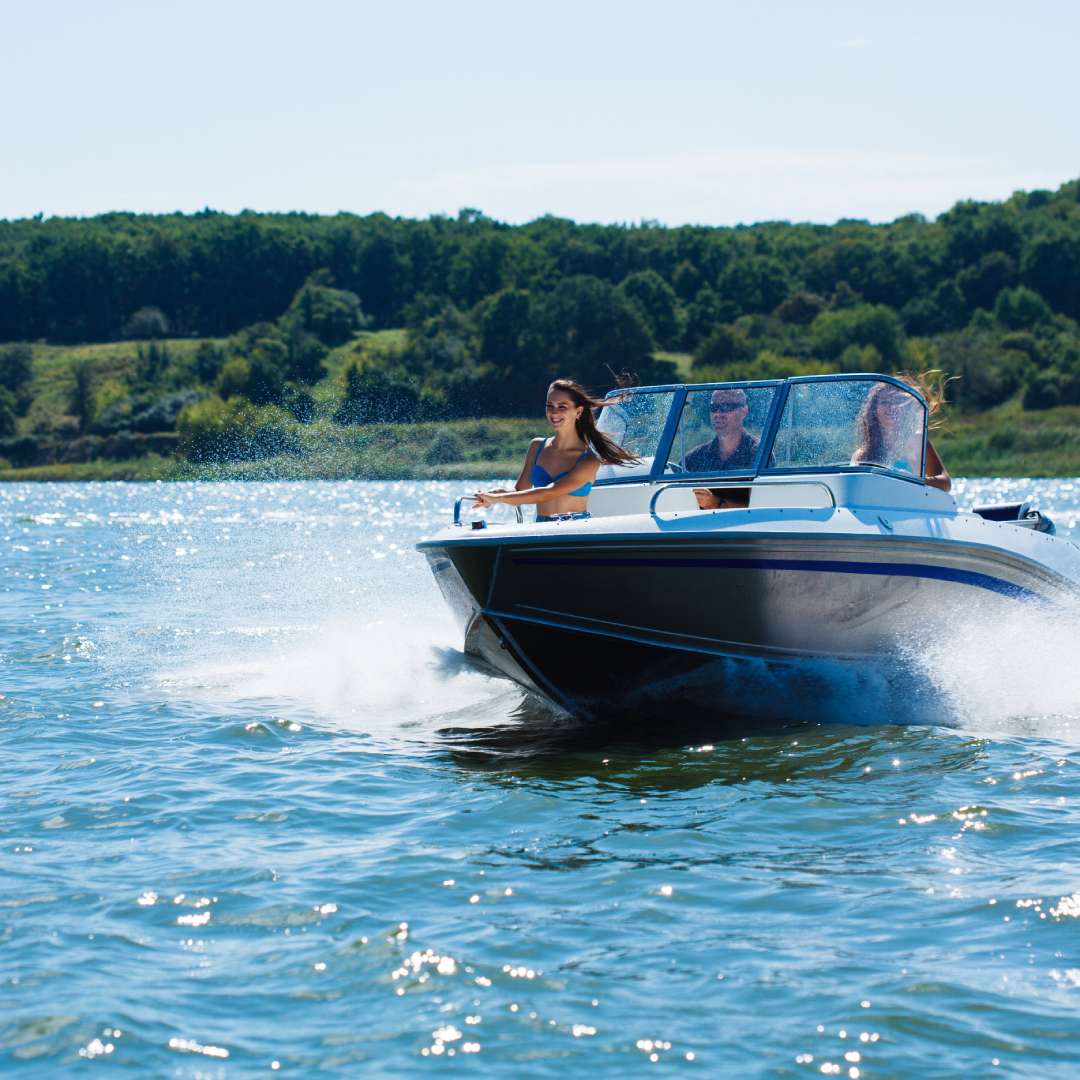Navigating the open water requires more than a love for boating. A well-crafted float plan ensures that your adventure is enjoyable and safe. A well-rounded float plan serves as a roadmap for your trip, providing crucial details in case of emergencies. Understanding the key points to include in your boat float plan can make a world of difference in ensuring you return safely.
What Every Float Plan Needs
Every boater should know what elements make up a comprehensive float plan. Start by clearly stating your departure and expected return times. This signals to others that something is amiss if you don’t return as planned. Additionally, provide a detailed description of your boat, including color, size, make, and identification numbers. Doing so allows others to identify your vessel, if necessary.
Communication is vital on any boating excursion. Outline how you’ll stay in touch with the land, including any radios or satellite phones you’ll use. Include information about your crew, such as names and emergency contacts, and make sure everyone on board has their information readily available in case of an incident.
Weather’s Crucial Role in Your Plan
Before setting sail, consider the weather forecast for your route. Include this information in your float plan to prepare for potential changes.
Monitor weather updates throughout your trip to adapt your plan as needed. Doing so will prevent getting caught in unexpected storms or adverse conditions, keeping everyone safe.
Preparing for Emergencies
Emergencies at sea require quick, well-rehearsed responses. Outline procedures for common scenarios such as man overboard or engine failure in your float plan.
Include instructions for lifesaving equipment and contacting emergency services. By preparing ahead, you increase your crew’s confidence and ability to handle unexpected situations effectively.
Destination Information Matters
A successful voyage includes knowing your destination inside and out. Research your intended stopover points and include the specifics in your float plan.
Consider nearby marinas, docking facilities, and local rules and regulations. This knowledge aids in seamless navigation and ensures compliance with local maritime laws.
Technology’s Place in Your Plan
Modern technology enhances the safety and efficiency of your boat trips. Incorporate GPS devices and VHF radios into your float plan to help with real-time tracking and communication. These tools enable quick, accurate updates to your location and status, which is invaluable in emergencies or when coordinating with other vessels.
Environmental Benefits of Electric Boats
Consider the impact of your boating activities on the environment. While crafting your float plan, think about how converting your boat to electric power can enhance your experience.
Electric boats reduce emissions, require less maintenance, and offer quieter operation. Going electric contributes positively to preserving the waters you love to explore. Your float plan should indicate such boat features to ensure any help received can accommodate your specific needs.
Creating a comprehensive float plan is essential for every boating adventure. It ensures safety, preparedness, and peace of mind. By considering all aspects—from departure details to emergency procedures—you’ll set sail with confidence. Consider these key points in your boat float plan and make your next adventure one to remember!

